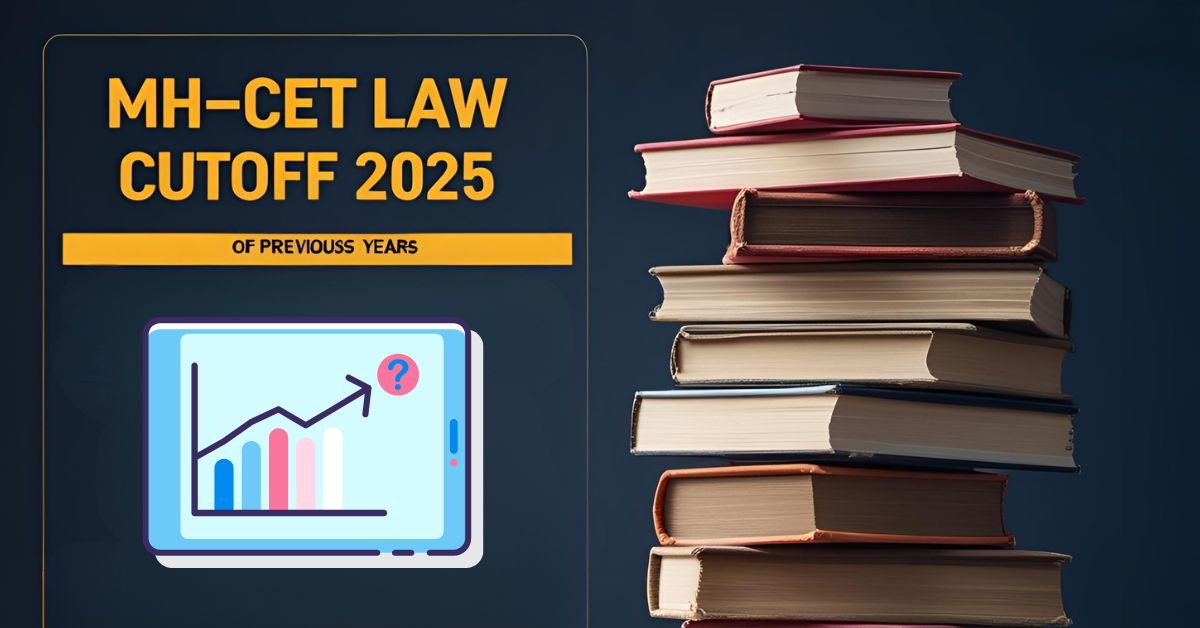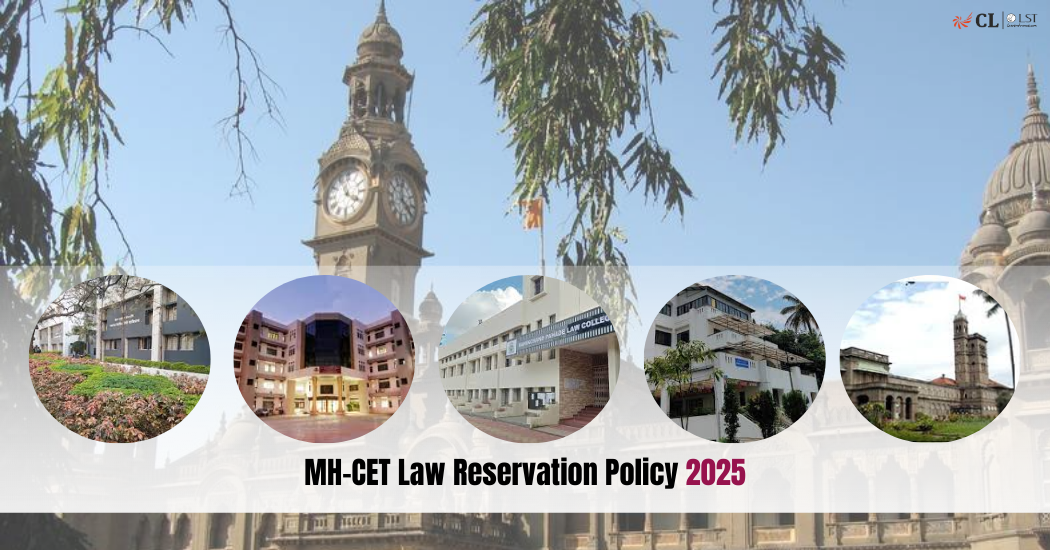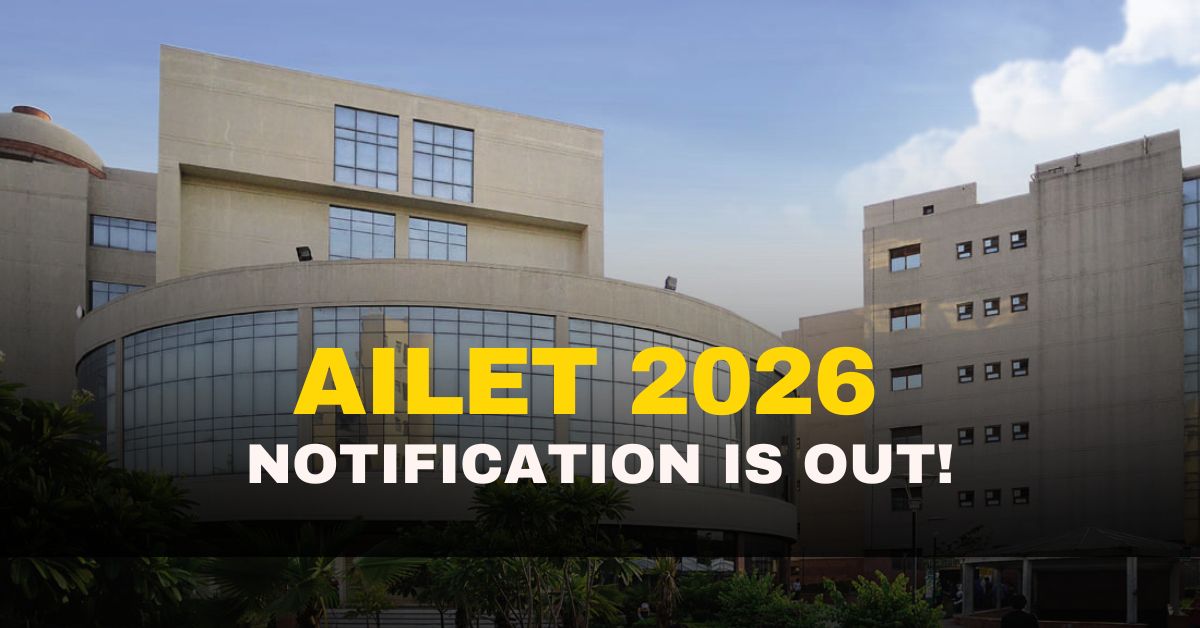Demystifying CLAT: Test Sections and Pattern

The Common Law Admission Test (CLAT) is a highly competitive entrance exam for admissions into undergraduate and postgraduate law programs in various NLUs in India. Understanding the test sections and patterns are essential for effective preparation.
- English Language: The English Language section assesses a candidate’s proficiency in English grammar, vocabulary, and comprehension. It includes questions on reading comprehension passages, grammar and vocabulary usage, sentence correction, and para jumbles. Candidates are tested on their ability to comprehend, analyze, and apply linguistic skills effectively.
- General Knowledge and Current Affairs: This section evaluates a candidate’s awareness of current affairs, general knowledge, and static GK. Questions are typically based on national and international events, politics, sports, awards, important dates, history, geography, and other related topics. Staying updated with current affairs and having a good grasp of general knowledge is crucial to excelling in this section.
- Legal Reasoning: Legal Reasoning tests a candidate’s ability to analyze legal principles, and logical reasoning, and apply them to specific scenarios. The questions may include legal principles, legal maxims, legal analogies, legal propositions, and legal reasoning passages. Candidates are expected to draw conclusions and arrive at logical deductions based on the given information.
- Logical Reasoning: This section assesses a candidate’s logical thinking and analytical reasoning skills. It includes questions on critical reasoning, logical puzzles, syllogisms, analogies, coding-decoding, blood relations, and other logical reasoning topics. Candidates must analyze and draw conclusions from the information provided in the questions.
- Quantitative Techniques: The Mathematics section tests a candidate’s mathematical aptitude and problem-solving skills. It includes questions on topics such as arithmetic, algebra, geometry, statistics, and probability. Candidates are expected to apply mathematical concepts and solve numerical problems accurately within the given time frame.
- Legal Aptitude: The Legal Aptitude section assesses a candidate’s interest in the study of law, research aptitude, and legal awareness. Questions may be related to legal propositions or principles, legal reasoning, and constitutional law. Candidates are evaluated on their ability to understand legal issues, apply legal principles, and arrive at a logical conclusion.
Exam Pattern
The CLAT exam is conducted in an online, computer-based format. It consists of multiple-choice questions (MCQs) where candidates must select the correct answer from the options provided. The total duration of the exam is two hours. The number of questions and marks may vary each year, but generally, there are 150 questions with a total of 150 marks for candidates taking the UG-level test. Each correct answer is usually awarded one mark, and there may be a negative marking of 0.25 marks for each wrong answer.
Keep Learning!
Team LST

![MH-CET Law 2025 Result OUT! [Direct Link to Score card]](https://www.lawentrance.com/blogs/wp-content/uploads/2025/06/ChatGPT-Image-Jun-5-2025-04_52_35-PM.png)



